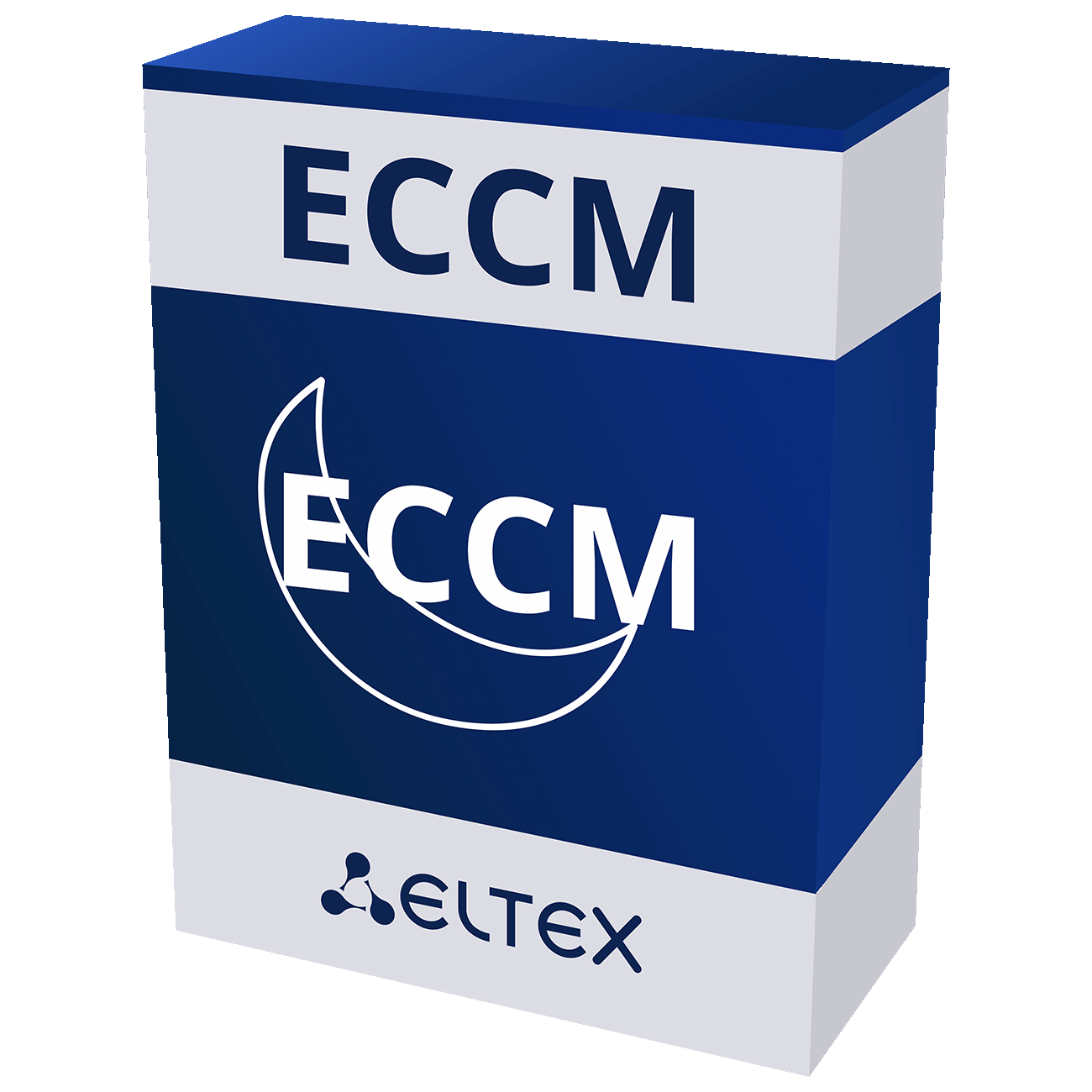Aggregation 10G/40G Switch MES5448
- Level:
- L3
- Bandwidth:
- 1.28 Tbps
- Interfaces:
- 48x10G SFP+, 4x40G QSFP+, 1xООВ
- Power supply:
- AC/DC, 2 hot-swappable power supplies


Description
MES5448 switches are high performance devices with 10GBASE-R and 40GBASE-SR4/LR4 interfaces that can be used as aggregation or transport switches in carrier networks and as Top-of-Rack or End-of-Row switches for data centers.
The device’s ports support operation at rates of 1 Gbps (SFP), 10 Gbps (SFP+) and 40 Gbps (QSFP28), that provides usage flexibility and ability of gradual transition to higher data rates.
The non-blocking architecture guarantees lossless packet forwarding at wire speed with minimum and predictable delays for all types of traffic. The front-to-back cooling provides effective cooldown in modern data centers.
The redundant and hot-swappable fans and AC/DC power supplies along with advanced hardware monitoring functions provide high reliability and uninterrupted services.

Specifications
- Level:
- L3
- Bandwidth:
- 1.28 Tbps
- Interfaces:
- 48x10G SFP+, 4x40G QSFP+, 1xООВ
- Stacking:
- up to 8 devices
- MAC table:
- 131 072
- ARP:
- 6 144
- Dynamic routing:
- RIP/OSPF/BGP
- Power supply:
- AC/DC, 2 hot-swappable power supplies

Related products



























